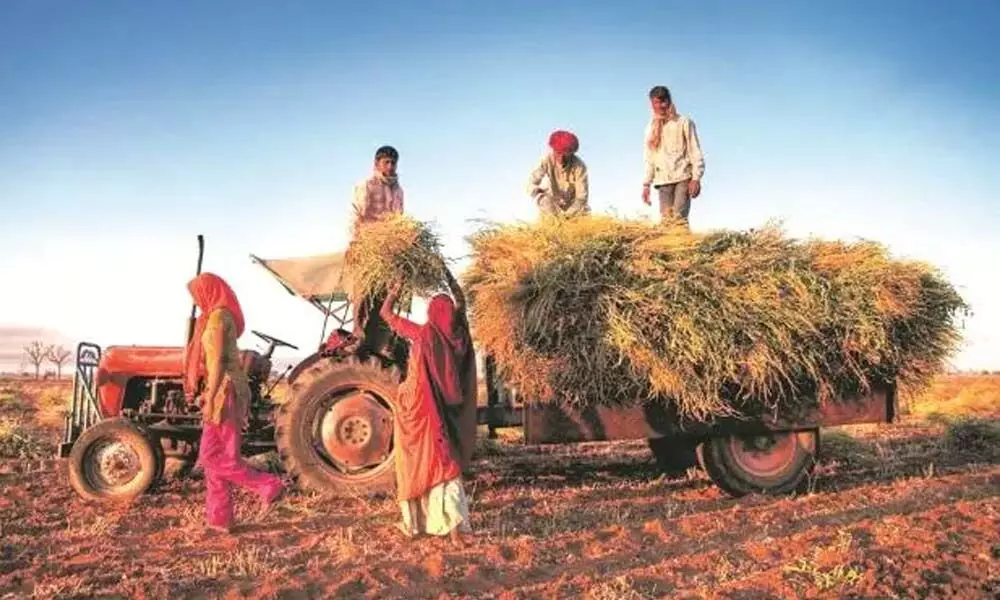India can be food export powerhouse

India can be food export powerhouse
Notwithstanding logistical challenges posed by the Covid-19 pandemic, India’s exports of agricultural and processed food products rose by more than 23 per cent in terms of USD in the first 10 months of the current fiscal (April-January 2021-22) compared to the same period of the previous year.
Notwithstanding logistical challenges posed by the Covid-19 pandemic, India's exports of agricultural and processed food products rose by more than 23 per cent in terms of USD in the first 10 months of the current fiscal (April-January 2021-22) compared to the same period of the previous year.
The export of products under the Agricultural and Processed Food Products Export Development Authority (APEDA) ambit increased from $15,974 million in April-January 2020-21 to $19,709 million during the period. The Ministry of Commerce & Industry has fixed the target for exports under APEDA basket products at $23,713 million in 2021-22.
The export of rice was the top forex earner at $7,696 million during April-January 2021-22, growing 13 per cent over the corresponding period in 2020-21 when it touched $6,793 million. The export of wheat recorded a huge surge at $1,742 million during April-January 2021-22, growing 387 per cent over the corresponding period in 2020-21 when it touched $358 million, while other cereals registered a growth of 66 per cent by fetching $869 million during April-January 2021-22 over the corresponding period in 2020-21 when it touched $527 million.
Meat, dairy and poultry products exports grew over 13 per cent standing at $3408 million in April-January 2021-22 compared to $3005 million in the corresponding ten-month period of 2020-21. Fruits and vegetables exports were up by 16 per cent to touch $1,207 million during April-January 2021-22 against $1,037 million in April-January 2020-21, while processed fruits and vegetables exports were up by 11 per cent to reach $1,269 million during first ten months of 2021-22 against $1,143 million in the corresponding period of the previous year.
Exports of cereal preparations and other processed food items grew by 14 per cent during April-January 2021-22 to touch $2,956 million against $2,599 million in April-January, 2020-21. The cashew exports also grew by 11 per cent to $383 million in the first ten months of the current fiscal compared to the same period previous year.
Steady focus on creating infrastructure for boosting exports by focusing on clusters in collaboration with State governments while taking into consideration the objective of Agriculture Export Policy-2018 has started yielding the desired results. In order to ensure that the farmers benefit from exports, the Department of Commerce has made special efforts to provide export market linkage directly to farmers. A Farmer Connect Portal has been set up for providing a platform for farmers, FPOs/FPC cooperatives to interact with exporters. This approach has resulted in agriculture exports taking place from hitherto unexplored areas. Exports have taken place from clusters like Varanasi (fresh vegetables, mangoes), Anantapur (banana), Nagpur (orange), Lucknow (mango), Theni (banana), Solapur (pomegranate). India's total share in world trade is only 2 per cent, making agricultural exports as low as 2 per cent of the domestic GDP. While the country is a food surplus one, supply chain inefficiencies hurt exports. Further, the choice of seeds and cultivation practices makes only a select range of Indian crops competitive in the global market. Several corrections are still needed to our practices to become a global powerhouse of food exports.

















